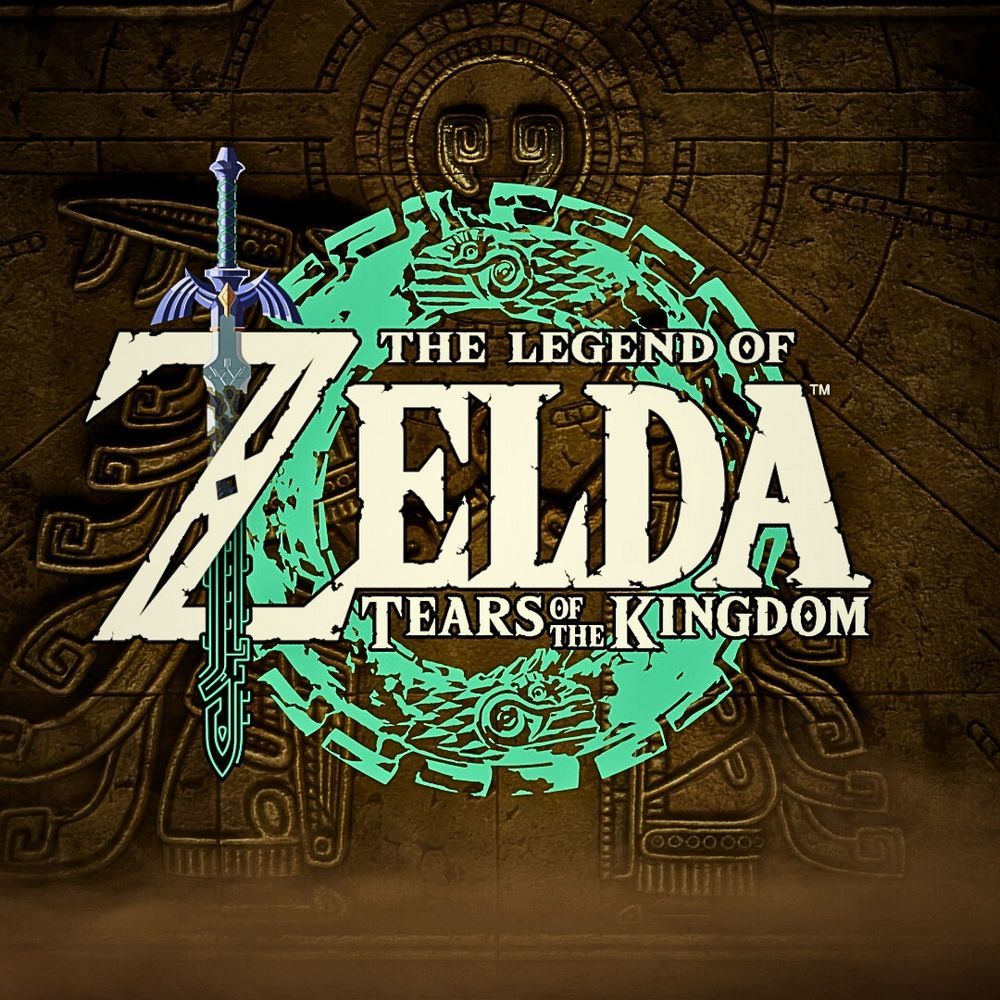
The Legend of Zelda
All trademarks belong to their respective owners.Popular Now
 EA SPORT FC 25
EA SPORT FC 25
 Free Fire Max
Free Fire Max
 Garena Free Fire: Kalahari
Garena Free Fire: Kalahari
 Among Us
Among Us
 Warframe
Warframe
 Valorant
Valorant
 Schedule I
Schedule I
 Grand Theft Auto V
Grand Theft Auto V
 FIFA 23
FIFA 23
 Counter-Strike 2
Counter-Strike 2
Beyond the Master Sword: Link’s Iconic Arsenal and Its Role in Zelda Gameplay
In The Legend of Zelda series, Link is defined not just by his courage or his iconic green tunic, but by the extraordinary collection of items and gadgets he wields throughout his adventures. While the Master Sword may be his legendary blade and the Hylian Shield his trusty defense, it’s the ingenious and often whimsical arsenal of bombs, boomerangs, bows, grappling hooks, magical instruments, and more that truly defines Zelda gameplay. These aren’t mere weapons; they are keys to puzzle-solving, tools for exploration, and vital instruments for overcoming formidable foes. Understanding and masterfully utilizing Link’s diverse inventory is fundamental to progressing through dungeons, uncovering Hyrule’s secrets, and ultimately saving the land from impending doom. The brilliance of Zelda’s item design lies in how each new acquisition fundamentally changes how Link interacts with and perceives the world around him.
The Foundations of Link’s Inventory: Core Items and Their Evolution
Certain items are staples of Link’s arsenal, evolving across generations of Zelda games while retaining their core utility.
- Bombs: From classic throwable explosives to the more dynamic Bomb Flowers in Breath of the Wild, bombs are essential for destroying cracked walls, uncovering hidden caves, activating switches, and damaging enemies. Their versatility makes them a constant companion.
- Bow and Arrows: The reliable bow provides ranged combat, vital for hitting distant targets, solving light-based puzzles, or striking airborne foes. The introduction of elemental arrows (fire, ice, bomb) in later games greatly expanded their tactical use.
- Boomerang/Gale Boomerang: A classic utility item for retrieving distant items, cutting grass, or stunning small enemies. The Gale Boomerang in Twilight Princess even added wind manipulation to its repertoire.
- Hookshot/Clawshot/Grappling Hook: Perhaps the most iconic traversal tool outside of basic movement. These devices allow Link to reach distant ledges, pull himself across chasms, or even stun enemies. They are central to vertical dungeon design and exploration.
- Slingshot/Deku Nuts: Early ranged options for stunning enemies or hitting small targets, serving as precursors to the more powerful bow.
- Iron Boots/Hover Boots: Items that drastically alter Link’s weight, crucial for walking on submerged surfaces or traversing strong winds, often forming the basis of unique dungeon puzzles.
- Magical Rods/Wands: Items like the Fire Rod, Ice Rod, or Cane of Somaria (creating blocks) offer magical attacks or utility, often consumed by magic power but providing powerful strategic options.
Innovative Item Design: Reshaping Gameplay
Nintendo’s willingness to experiment with Link’s tools in each new Zelda title often leads to game-changing mechanics.
- Ocarina of Time (Musical Instruments): The Ocarina of Time itself is a vital item, used to play magical tunes that warp Link, change time, summon effects, or influence the environment. This integrated musical puzzle-solving deeply into the gameplay.
- Majora’s Mask (Masks): The transformative masks in Majora’s Mask (Deku, Goron, Zora) completely alter Link’s abilities, allowing him to swim, roll, or fly. This mechanic revolutionized character progression and puzzle design.
- Wind Waker (Deku Leaf, Grappling Hook, Hookshot): The Deku Leaf allowed for gliding and wind manipulation, while the Grappling Hook served as a dynamic swing and treasure recovery tool.
- Twilight Princess (Gale Boomerang, Ball and Chain, Dominion Rod): These items added significant variety to combat and puzzle-solving, from elemental wind control to manipulating statues with a magical rod.
- Skyward Sword (Whip, Beetle, Gust Bellows): These motion-controlled items provided unique ways to interact with the environment, collect items, and solve physics-based puzzles. The Beetle was particularly innovative as a remote-controlled drone.
- Breath of the Wild (Sheikah Slate Runes): A paradigm shift. Instead of acquiring many distinct items, BotW gave Link a core set of Sheikah Slate Runes (Stasis, Magnesis, Cryonis, Remote Bombs). These were versatile tools used for almost every puzzle and combat scenario, fostering emergent gameplay and creative solutions. The emphasis shifted from “finding the right tool” to “creatively using the few tools you have.”
- Tears of the Kingdom (Ultrahand, Fuse, Ascend): Building on BotW’s philosophy, TotK introduced Ultrahand (for building complex contraptions), Fuse (for combining items and weapons), and Ascend (for moving through ceilings). These revolutionary abilities empowered players with unprecedented creative freedom in exploration and puzzle-solving, effectively making the world itself a toolbox.
The Triforce of Item Design: Puzzles, Combat, and Exploration
The genius of Zelda’s item design lies in its multi-faceted utility:
- Puzzle Solutions: Most items are introduced within dungeons as the key to overcoming specific puzzles unique to that dungeon. This creates a satisfying “aha!” moment when players realize how to use their new tool.
- Combat Application: Beyond puzzles, each item usually has a practical application in combat, from stunning enemies to dealing damage or gaining a tactical advantage.
- Environmental Interaction and Exploration: Many items also serve as means to access new areas, uncover hidden secrets, or navigate challenging terrain, greatly enhancing the sense of exploration.
Link’s iconic arsenal is far more than just a collection of cool gadgets; it’s the very heart of The Legend of Zelda’s gameplay loop. Each new item doesn’t just add a new ability; it fundamentally redefines how players approach challenges, think about the environment, and ultimately experience the grand adventure of Hyrule. It’s this continuous innovation in item design that keeps the series fresh, engaging, and eternally compelling for generations of heroes.
What’s your favorite Zelda item from any game, and what’s the most creative way you’ve ever used it?
Rating
PROS
- An immense, dual-layer overworld that redefines the exploration of Hyrule
- Inventive gameplay mechanics such as vehicle customization
- An engaging storyline that breathes new life into the series’ classic motifs
- A world design that respects player autonomy and encourages natural discovery
- Vast content that extends well beyond 100 hours of gameplay.
CONS
- The storytelling structure may feel sparse to some, with significant portions of the narrative occurring away from the main gameplay.